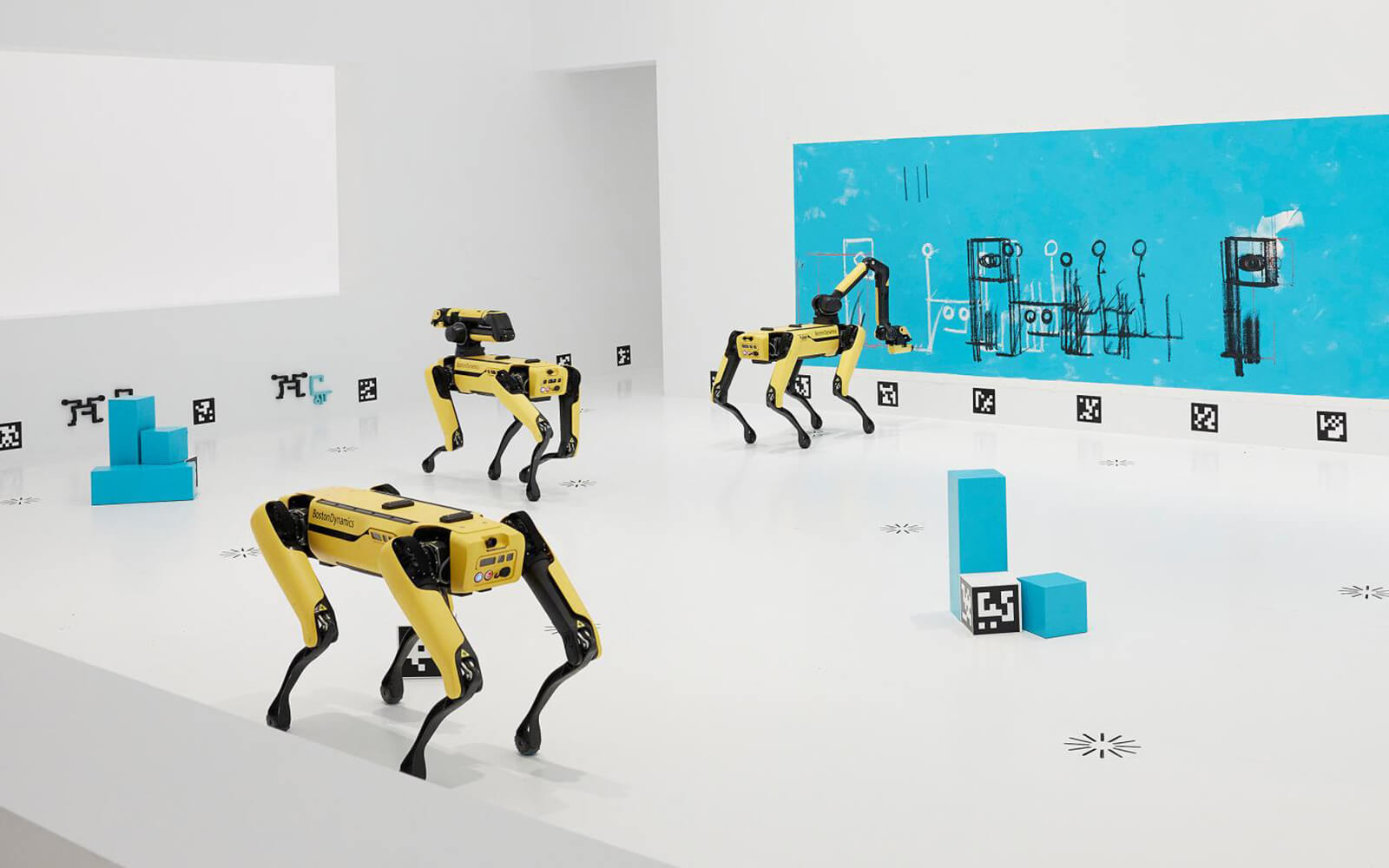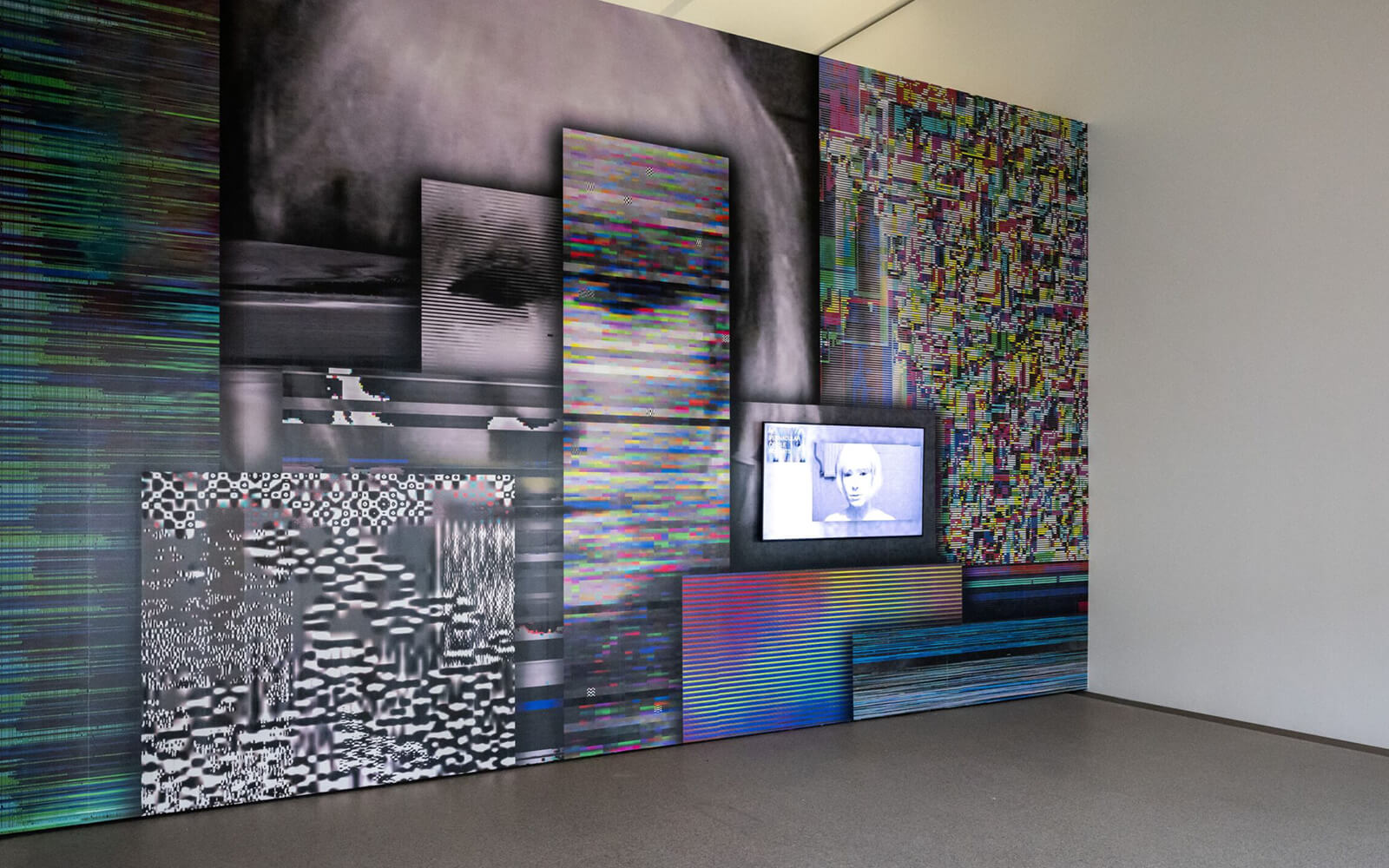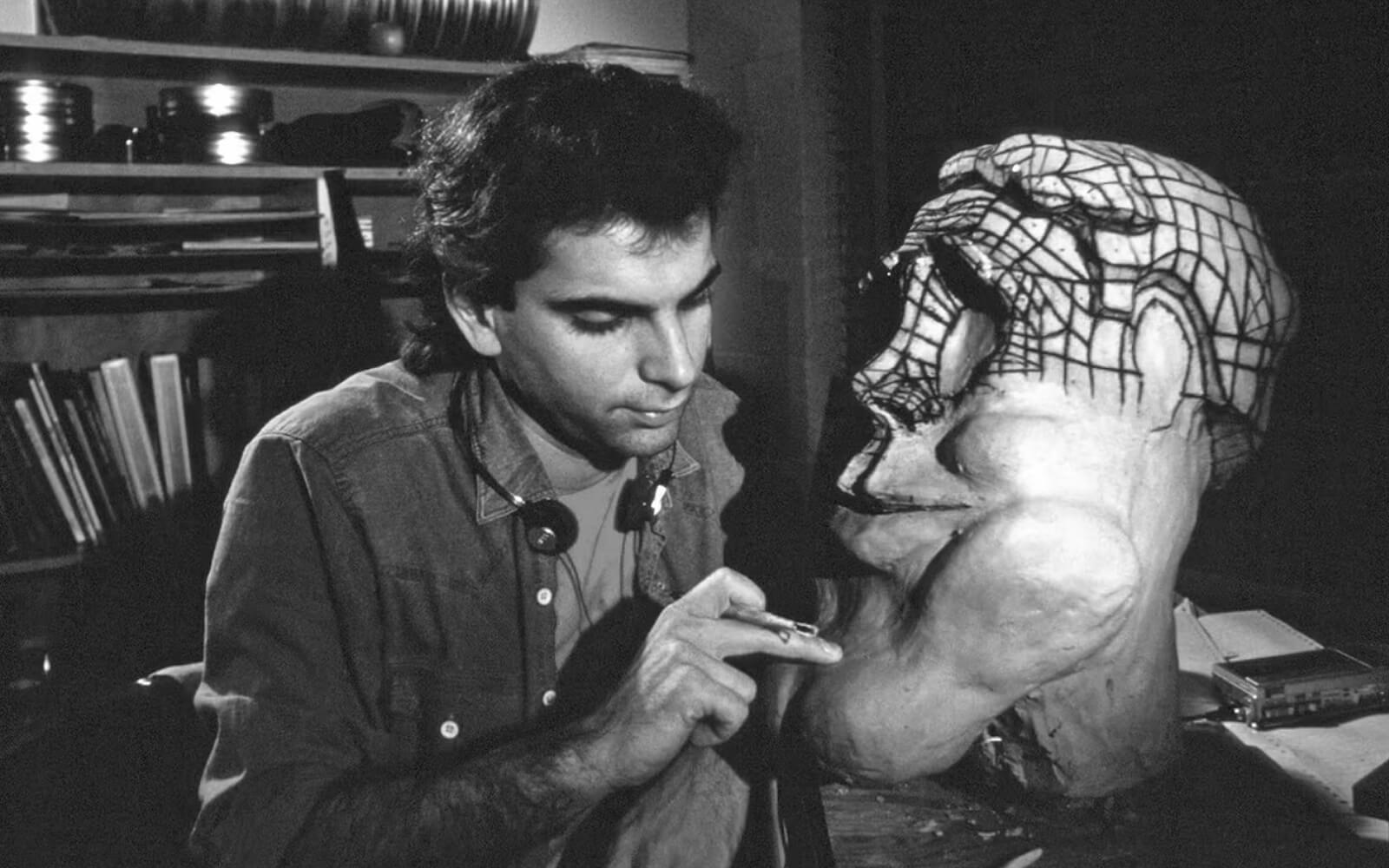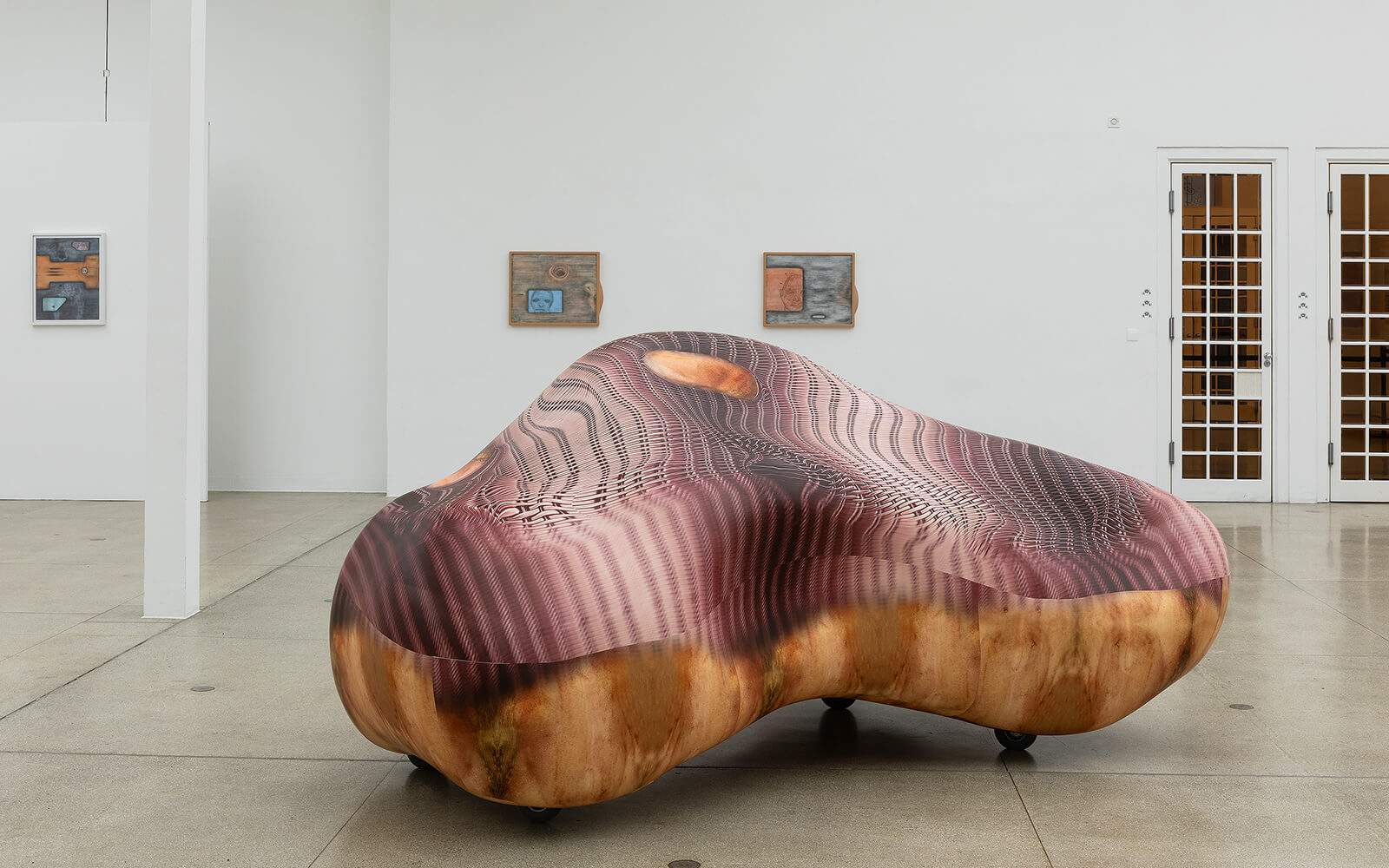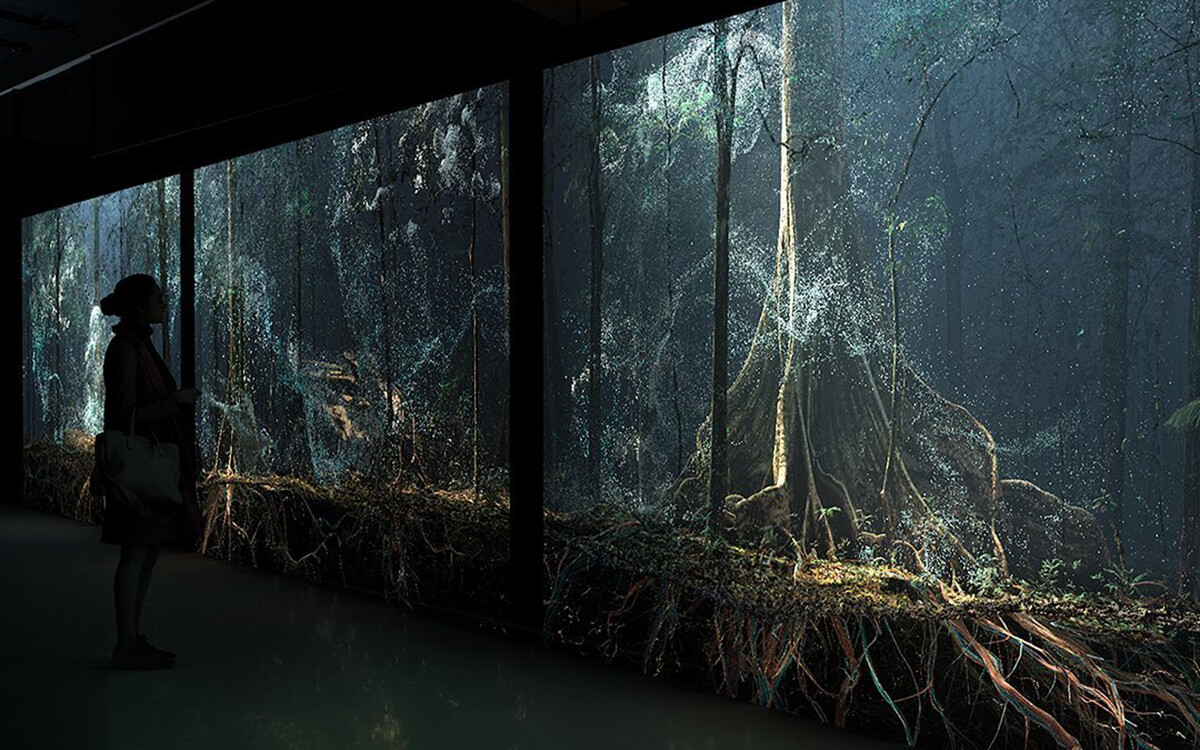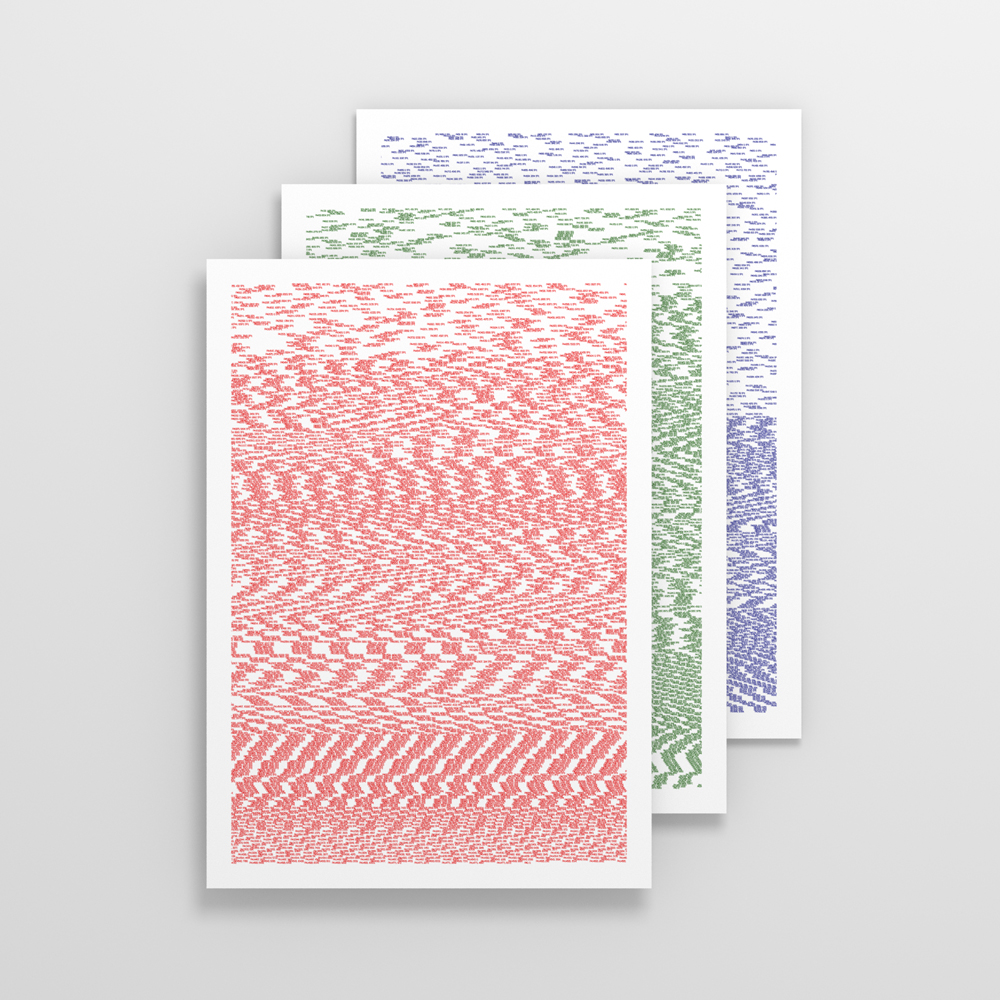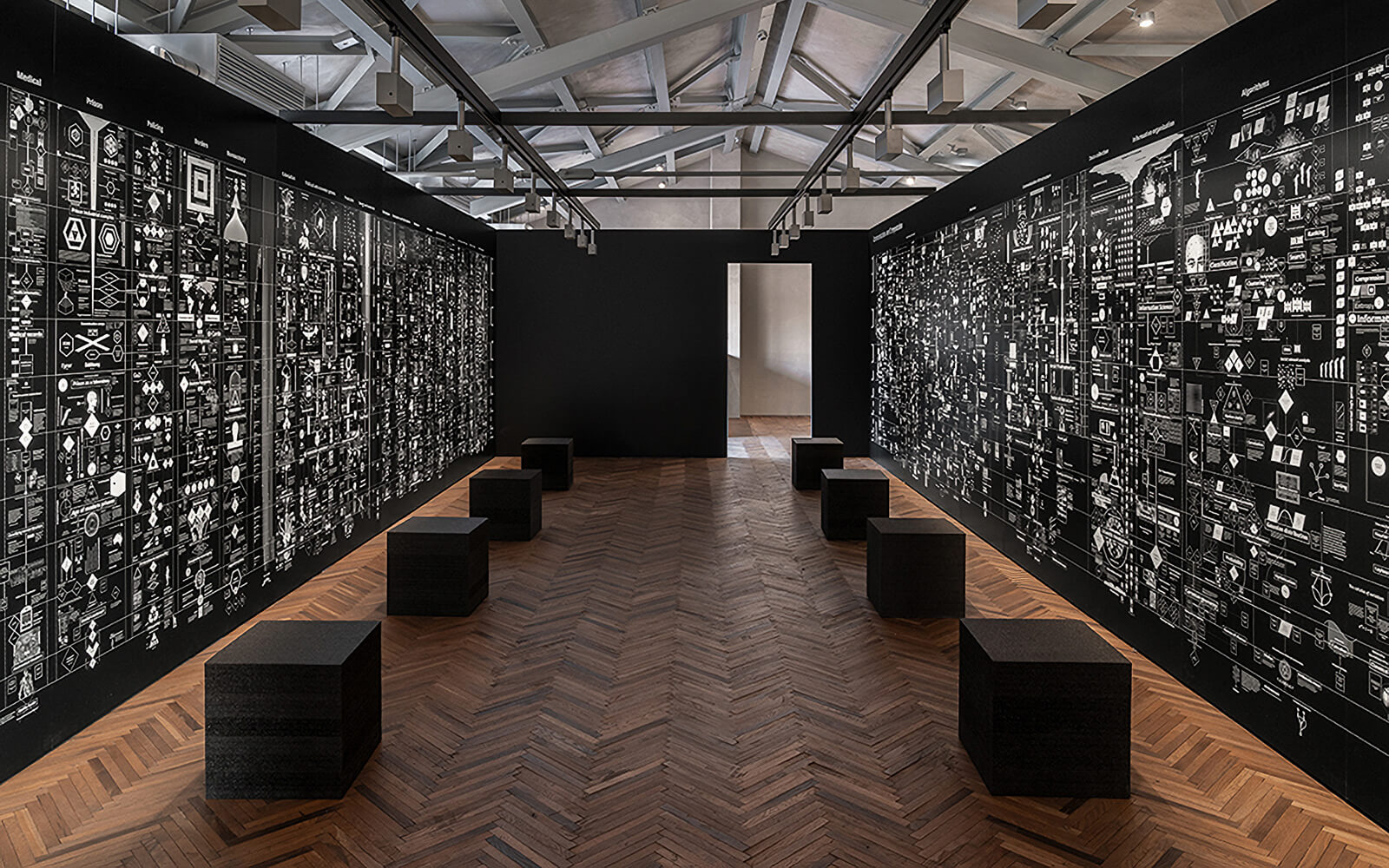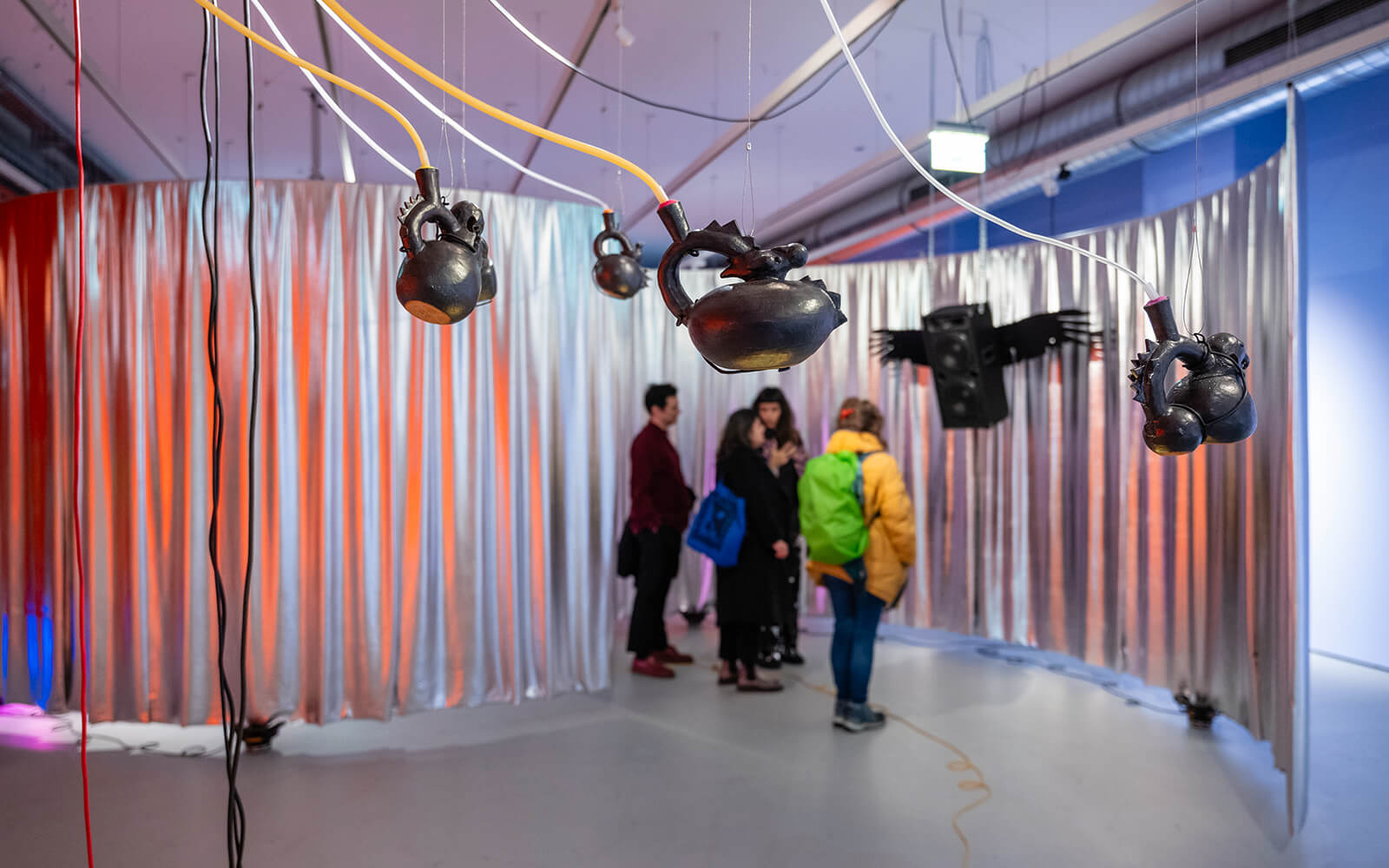Complementing an eponymous symposium and Kunsthall Trondheim (NO) exhibition, “Attention After Technology” opens on the Tropical Papers platform. IRL exhibition participants biarritzzz, Vivian Caccuri, Shu Lea Cheang, CUSS Group, Kyriaki Goni, and Berenice Olmedo contribute browser-based works exploring shifting attention norms. Femke Herregraven’s Rewild the Wandering Mind (2023, image), for example, quotes literary sources to muse over “how attention evolved into a moralizing and disciplinary force.”

